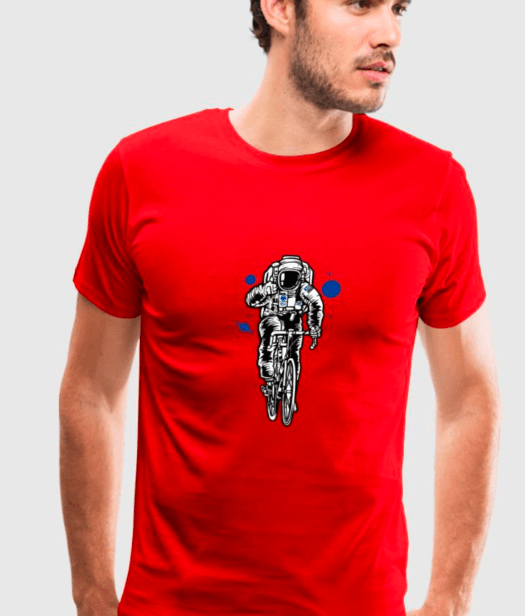While researching how bicycles are used in communities in the Middle East, I came across this story from Israel about Meir Farkash. Farkash has been using his own bicycle as a volunteer bicycle emergency (EMS) responder in Ramat Hasharon (a coastal city located south of Tel Aviv).
I love this story because it showcases how positive one person on a bike can be in a community. I love that Meir is a student, a volunteer, that he has been so incredibly effective at saving lives as a bicycle emergency first-responder, and that now he is somewhat of a community icon as he makes his way around town. What a wonderful example of how cyclists can make significant positive community change. This story was first published in Israel Rescue. Enjoy, NG.

Ramat Hasharon Hesder Yeshiva Student, Meir Farkash (25), is known to be the pinnacle lifesaver of his city. Over the past four years in which Farkash has been a United Hatzalah volunteer EMT, Farkash has responded to more than 2,500 emergency calls.
Among his myriad of emergency calls, more than 300 have been life-threatening. What’s even more impressive is that Farkash has responded to all of these calls on his personal bicycle.
In
Over the past four years, Meir Farkash has become somewhat of a local celebrity in Ramat Hasharon. The image of him pedaling through the streets in order to rush to a scene and save someone’s life is residents of that many residents have come to know and support.
“Today there are lots of people who say hello to me as I pass them on response e-bicycle. I say hello back. I have come to know many residents, and residents of me, through the EMS activities that I undertake and the calls that I respond to,” said Farkash.
The day before Farkash received the bicycle, he saved the life of one of the city’s citizens. He was dispatched to the car of a known lawyer from the city who had lost consciousness while he was with his family. Farkash, who arrived in just moments with his bicycle, began CPR and help resuscitate the man with the Intensive Care ambulance team that arrived at the scene. Farkash joined the ambulance team in transporting the patient to the hospital, and the man was released a few days later, alive and well enough to go home.
When asked if he knew the total number of lives he has saved, Farkash said:
I have never really thought about it. Now that you mention it, it gives me a really good feeling. Truth be told, even calls that are more general and do not involve a life being saved per se, they too give me and other volunteers a sense of accomplishment and satisfaction knowing that we helped somebody who needed us.
In every case we respond to, you meet a person who is incapable of helping themselves at that moment. You help them, you comfort them and you make sure they receive the best care that they can. That is the job of being a first responder. It’s not about the glory, it’s about helping people.”
When asked if he knew the total number of lives he has saved, Farkash said that: “I have never really thought about it. Now that you mention it, it gives me a really good feeling. Truth be told, even calls that are more general and do not involve a life being saved per se, they too give me and other volunteers a sense of accomplishment and satisfaction knowing that we helped somebody who needed us.
In every case we respond to, you meet a person who is incapable of helping themselves at that moment. You help them, you comfort them and you make sure they receive the best care that they can. That is the job of being a first responder.”
It’s not about the glory, it’s about helping people. Meir Farkash.





































































